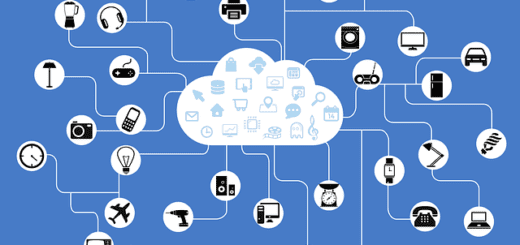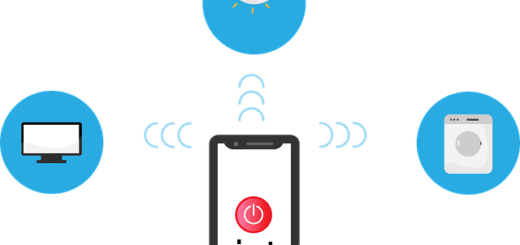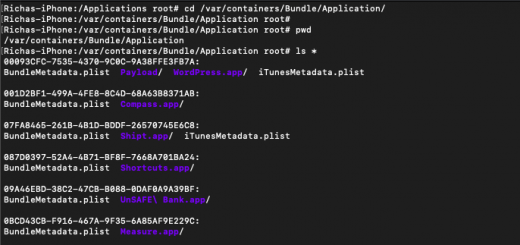IoT pen testing methodologies – Part III
Important IoT TECHNOLOGIES
Radio Frequency Identification (RFID)
- An RFID chip holds information about the “thing”
- An RFID chip is attached and transfers data to the reader.
- The antenna on the RFID module is used to receive energy that is used to operate the RFID device and transmit information back to the reader.
- RFID enables efficient management, tracking, and monitoring processes and logistics and supply chain applications.
Wireless Sensor Networks (WSN)
- Efficient, low-cost, low-power devices for use in remote sensing applications.
- Low-power integrated circuits and wireless communications.
- A large number of intelligent sensors collect raw data and create valuable services by processing, analyzing, and spreading data.
- Challenges are related to limited processing capability and storage, and sensor data sharing for multiple device/system cooperation.
IoT Cloud Computing Support
- For Advanced IoT services, IoT networks may need to collect, analyze and process segments of raw data and turn it in into operational control information.
- Advanced IoT services will need the support of cloud computing.
- Numerous IoT connections will be made to various devices and sensors.
- Many IoT devices will not have a PC or smartphone level of sufficient data processing capability or interoperability functionality.
Cloud Computing
- IoT applications will need support from a reliable, fast, and agile computing platform.
- IoT devices can overcome a lack of software, firmware, memory storage, hardware and data processing capability using cloud computing.
- The following are cloud service models:
- Software as a Service (SaaS)
- Platform as a Service (PaaS)
- Infrastructure as a Service (IaaS)
IOT All-in-One Stack

That’s all for this article. I hope you enjoyed reading it! Thanks for visiting us. Join codefensive.com for professional cybersecurity trainings.
References:



Recent Comments